Updated 2024.
The Ricote Valley is a little-known paradise, a day trip away from the Mediterranean coast in the Region of Murcia, southeastern Spain. Imagine nature trails along the banks of River Segura, picturesque villages surrounded by orange and lemon orchards, mountain paths with breathtaking views, archaeological sites, stone age cave paintings, ancient water wheels, and the marvellous hot water springs at Archena Spa.
Come along in springtime to see the most stunning sight, as the peach blossom in Murcia sprinkles the countryside with millions of tiny pink petals. Ricote Valley is one of the most beautiful places to see blossom in Spain.
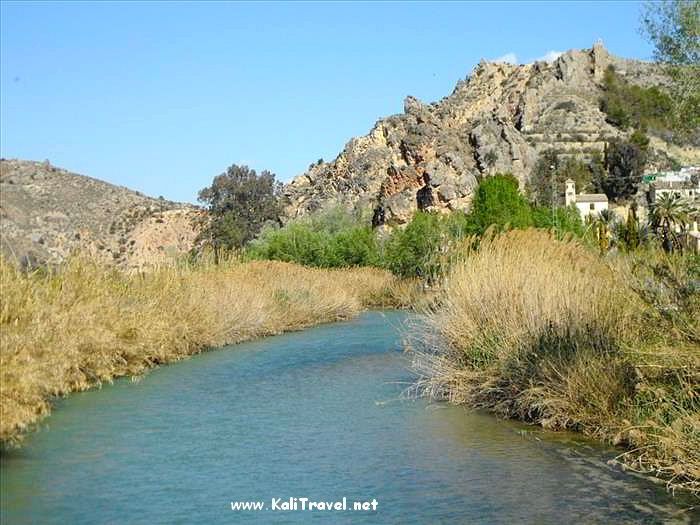
Ricote Valley and Cieza, Murcia Region in Spain
The historic town of Cieza is the northern gateway to the Murcia Region, and from here the scenic ‘Valle de Ricote’ unfolds southwards to include Abarán, Blanca, Ricote, Ojós, Ulea, Villanueva and Archena. Also known as ‘Valley of the Moriscos’ due to the rich cultural heritage left by the Moors who inhabited these lands many centuries ago; Iberians and Romans have all passed this way leaving their legacies on these fertile lands.
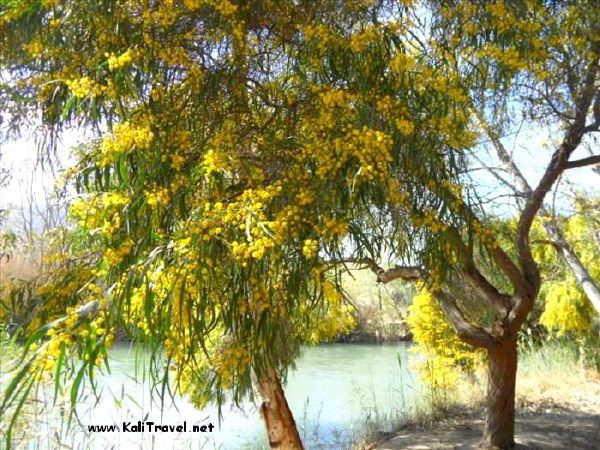
Peach Blosson Season in Murcia
We drove to the Ricote Valley in springtime, which is peach blossom season in rural Murcia. As you can image, this is the most enchanting time of the year to visit the valley, to see the fabulous ‘floración de Cieza’, the wondrous sight of blossoms tainting the lands pink and white as far as the eye can see…it looks quite like the cherry blossom in Japan with churches on the skyline instead of pagodas!
There are several walking or cycling routes around Ricote Valley, but if you’re working out an itinerary it all depends on your length of stay and energy levels!
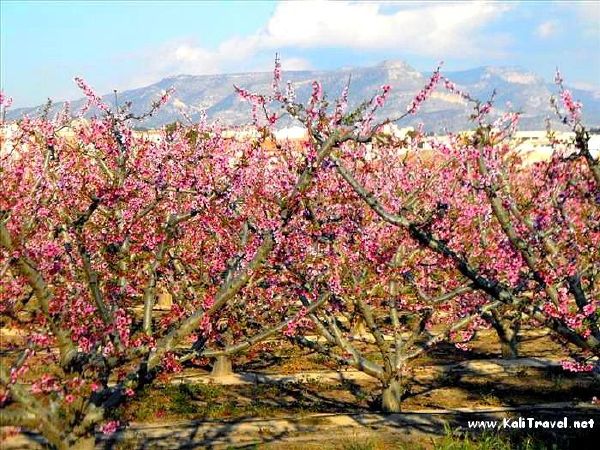
Archena Historic Town
Only 24 kilometres away from Murcia City, Archena is a good base for a visit to Ricote Valley; you’ll find the ‘Valle de Ricote’ interpretation centre in Villarías palace and gardens in the centre of town.
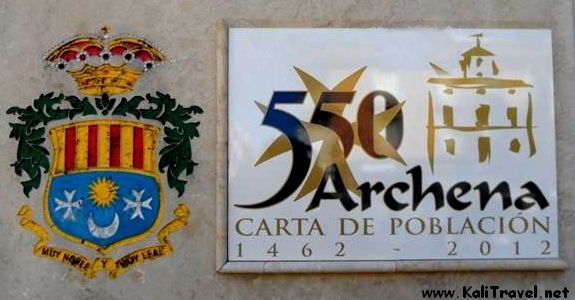
There’s a variety of accommodation and restaurants here, as well as the three classy hotels on the Balneario de Archena spa complex, located in the hills at the hot spring source.
Archena is a small rural town with a lot of history, as I soon found out… Although archaeological remains found in the vicinity go back to 234 AC, the town and its name originate to Roman times.
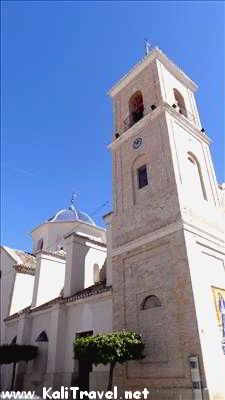
We came across the distinctive XVIII century San Juan Bautista parish church, with its solitary bell tower and blue dome, in a little plaza hidden away in the maze of back streets.
Some friendly locals, seeing my enthusiastic efforts to photograph the remarkable building, called over the gentleman who acts as caretaker-cum-administrator, who gave us a private tour of his beloved temple.
The intricately decorated interior in baroque style, contrasting with unusual the brickwork façade, holds antiquities and statues of the different saints, which were being adorned in readiness for the holy Easter parade.
Archena Spa
We spent the afternoon in the Archena Spa… the therapeutic properties of the mineral waters, which flow out of the rocks at a temperature of 51C, have been know more than 2,000 years. The thermal baths first became popular during the Roman Empire but it wasn’t until the late 18th century that the Balneario de Archena started to be built – Hotel Termas, the ‘Casino’ and the Sanctuary – by an oasis of palm groves and citrus orchards.
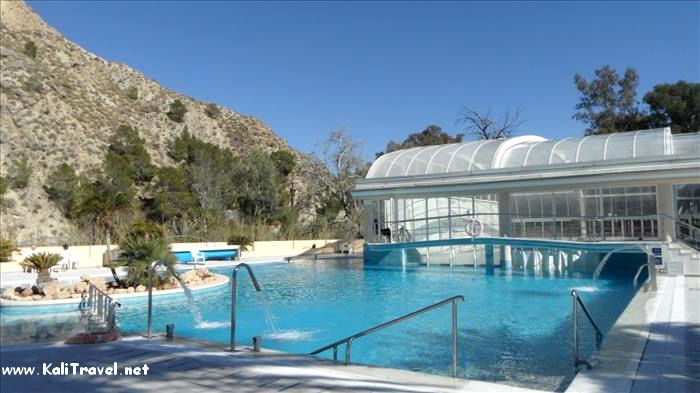
Today, the smart modernised spa complex incorporates outdoor swimming pools of differing temperatures with terraces and a cafeteria, and a huge indoor pool with Jacuzzis, jets, cascades and currents. The whole place is great fun for the entire family! There are convenient changing rooms, an underground car park, cosmetic gift shop, and most importantly a therapeutic centre where you can enjoy a range of massages plus beauty or health treatments.
Ulea Village in the Ricote Valley
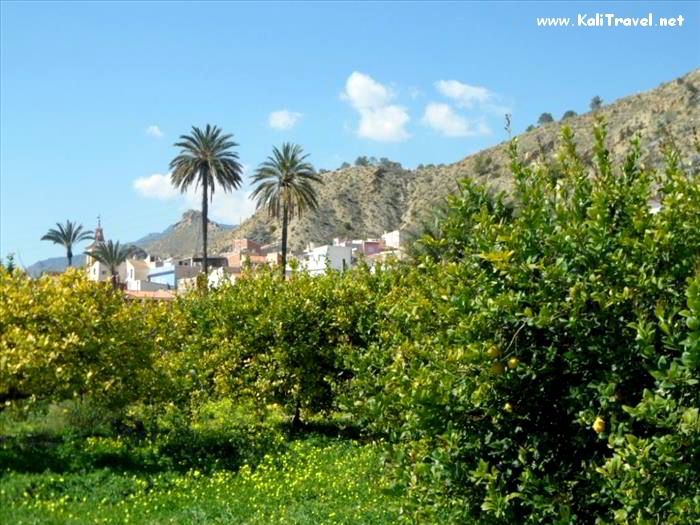
Next day we drove over to Ulea, passing by Villanueva and crossing over the Segura River. Ulea is a picturesque village with palm trees and orchards beside the riverbank, and a maze of narrow streets climbing partway up the surrounding mountainside. It’s the sort of place that seems to stand still in time, where the locals politely say good day when you pass them on their way to church.
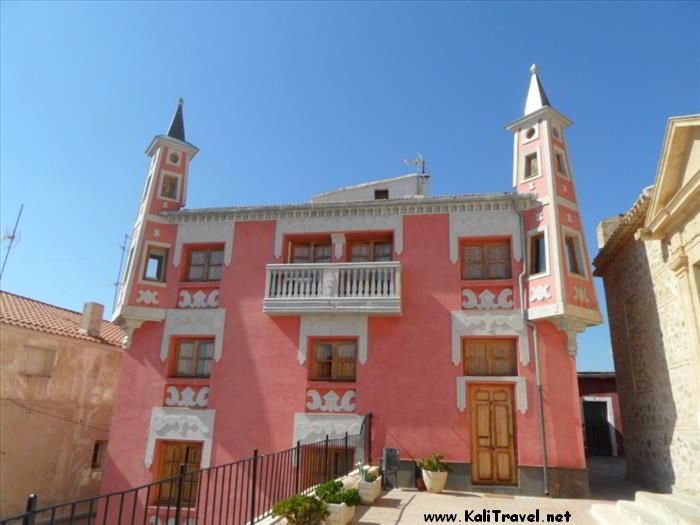
The village is full of charm, the original townhouses with brightly coloured facades and an array of potted plants. The small central plaza is amazing with the singular ‘Casa Parisina’ house which dominates one corner – it looks like it’s straight out of Disneyland but, in fact, the architecture has been attributed to Eiffel. In the same square, you’ll find the magnificent 16th century San Bartolomé Church and the town hall.
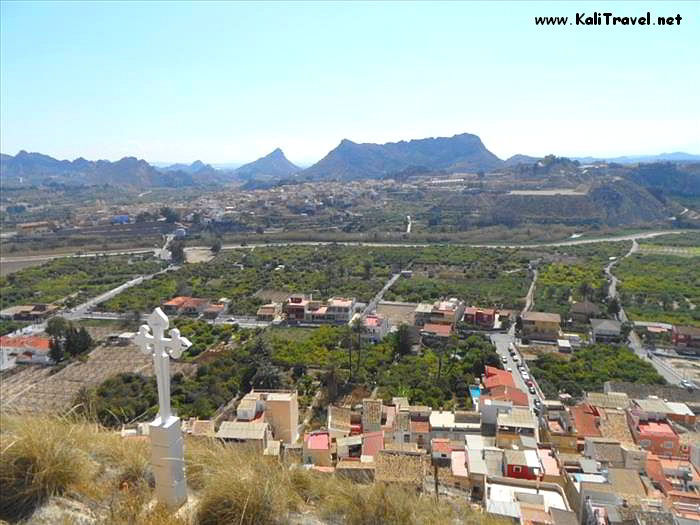
We walked the steep footpath behind the village up to a scenic viewpoint where a statue representing ‘Christ the Saviour’ watches over the valley. These lands have seen different cultures come and go over the centuries – Romans, Moors and Christians – like many parts of Spain. If you take the path beside the river towards Ojós you will see an old waterwheel, just one of many along the Segura as it flows through the Ricote Valley.
Waterwheels of Abarán Village
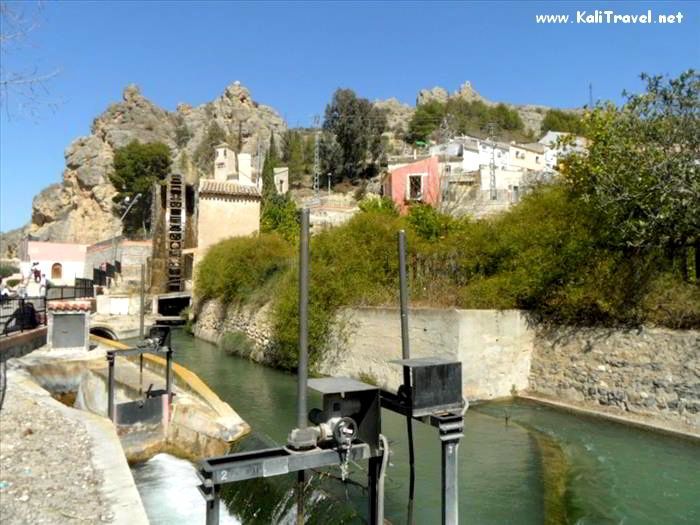
Our next stop was Abarán – we didn’t have time to explore all the villages along the valley which is a good excuse to come back another day! The small town is packed with historic buildings of cultural interest such as the bullring, medieval churches, sanctuaries, parks and gardens.
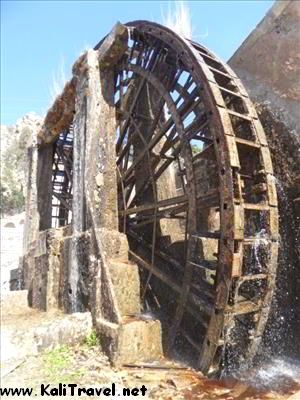
Abarán is known for the five characteristic waterwheels down by the river Segura, which are still functioning today.
The ‘Norias’ date back to the Moors era, being used to elevate water to irrigation channels on higher agricultural land which still produces vegetables and citrus fruits.
Noria Grande (1805) is the biggest waterwheel in Europe. Easy to find in a park of the same name, it measures almost 12 metres in diameter, elevates 25 litres of water per second and was reconstructed in 1951 from iron and wood.
We strolled along the scenic riverbank paths, crossing over bridges, noticing some of the smaller ‘norias’ and watching the wildlife on the water.
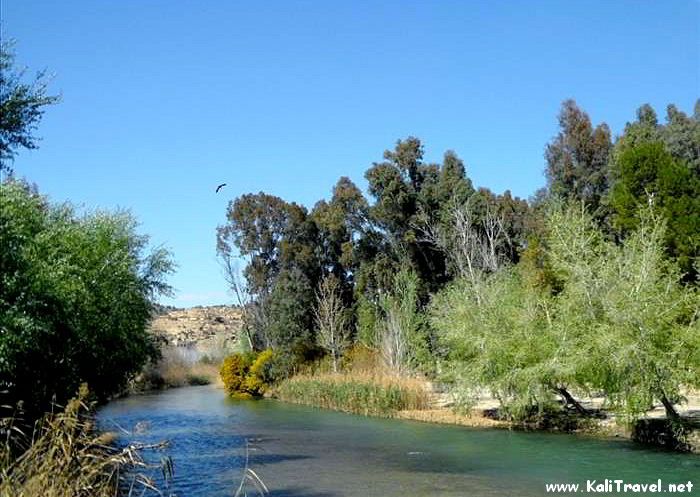
Retracing our steps back to the car we saw a recreational picnic area with a popular ‘chiringuito’ terrace cafeteria.
In general, the Ricote Valley is not touristy and you can appreciate this particularly in the cuisine. We had a rather large traditional lunch at a roadside hotel where a professional waiter served wonderful regional cuisine such as roasted goat and fresh vegetables, among a long list of typical dishes, with starters, salad, choice of homemade dessert and local wine, an all-inclusive, competitively priced menu of the day.
Cieza – ‘Gateway’ to Murcia Province
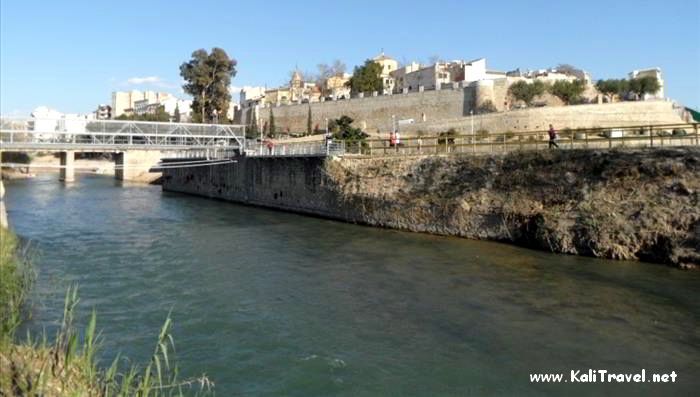
We drove the short distance to Cieza – the administrative centre of the Vega Alta del Segura region and the gateway to Murcia Province – a larger town overlooking the Ricote Valley with a history that stretches back to the Stone Age and historical sites of interest to see. Once again, we decided to visit the town sites at a later date (it certainly merits it) and headed down to the river.
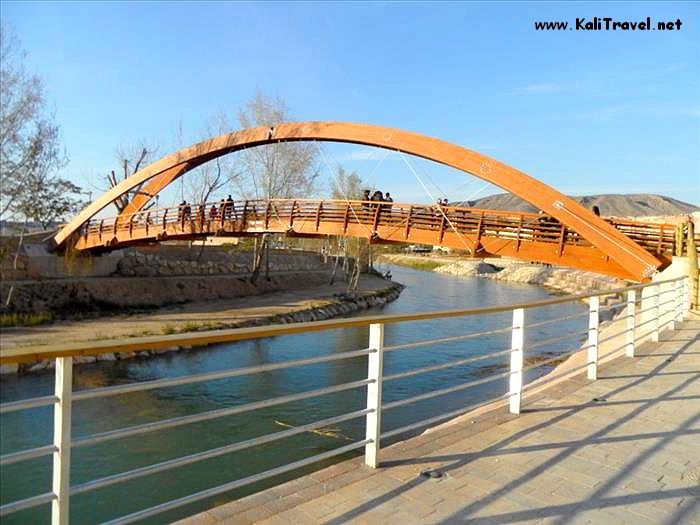
The Segura meanders around the attractive walled town (the original medieval walls were rebuilt in the 19th century) and beneath the iconic Puente de Hierro, an iron suspension bridge which spans the wide river.
A splendid boulevard stretches along both sides of the newly conditioned riverbank and incorporates small beaches which are popular with swimmers in warm weather. In summer, you can go rafting or canoeing on a picturesque route which flows though canyons, over a weir and downriver to Abarán.
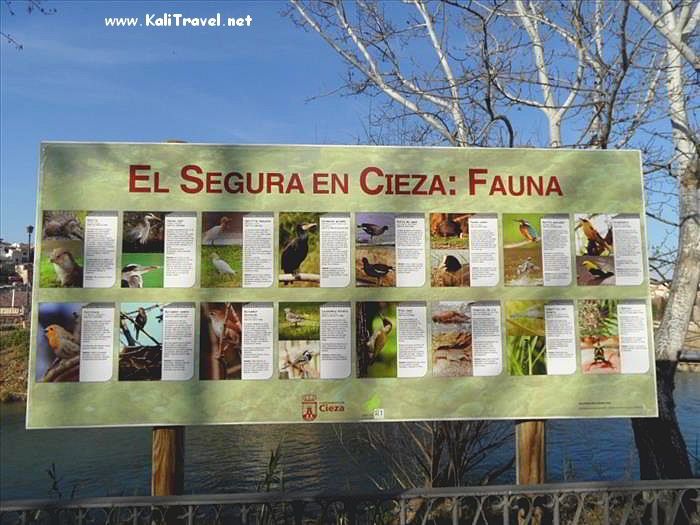
It really is a scenic river walk, past the fields of blossoming peach trees in springtime and along the tree-lined avenues. The unusual Santo Cristo de Consuela Hermitage on the hillside attracted our attention, with its distinctive twin towers that almost look like minarets.
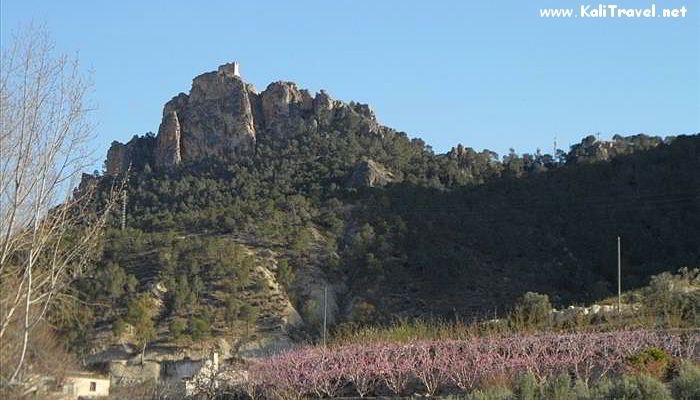
Further down the river, on the mountainside opposite the town, there’s a route signposted up to the Atalaya. Points of interest include a chapel and Cieza castle; from here there are views to the amazing Medina Siyasa ruins.
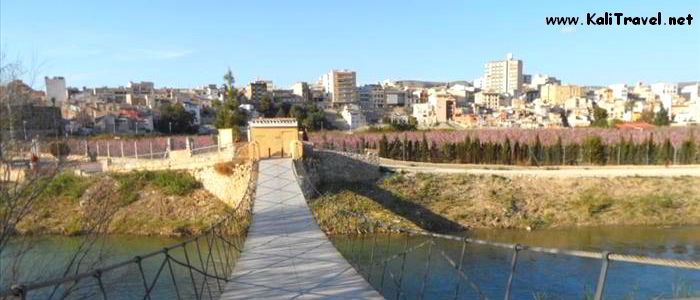
Finally, we crossed back over the river on one of the three wooden footbridges, and walked to the car, promising ourselves to return sometime soon… we didn’t get time to see the archaeological treasures and UNECO World Heritage sites near Cieza -prehistoric cave paintings, Iberian settlements, Roman remains, or the impressive of the site of the Andalusi Arab city of Medina Siyâsa. Maybe next time we’ll take a walking holiday through the Ricote Valley!
How to Get to Ricote Valley
By Road:
N-301 Murcia-Albacete.
Nearest Airports:
Murcia-Corvera Airport, 51 km from Archena via A-30;
Alicante/Elche Airport (ALC), 85 km from Archena via AP7 motorway and A-30.
Where to Stay in Ricote Valley
Balneario de Archena is one of the most popular places to stay in the Ricote Valley as you can combine the luxury of a hotel spa complex with outings to the neighbouring villages and walks in the countryside.
Video of Ricote Valley
Related Post: Places to see Blossom in Spain
Blossom in Spain: Where to See Pretty Landscapes in Spring
The blossom in Spain colours the land in a picture-perfect sequence which lasts from January to June. Discover where and when to see the prettiest Spanish landscapes as the fruit trees bloom.
Read more…
More Features on Murcia Region
Discovering Jumilla: City of Wines
Murcia is the next province down from the Costa Blanca in south east Spain. Bordering Alicante Province to the west and south, Murcia is a Region in its own right and name of the capital city. A beautiful stretch of Mediterranean coastland and inland towns of historic interest such as Jumilla.
Wine Harvesting Festival in Jumilla
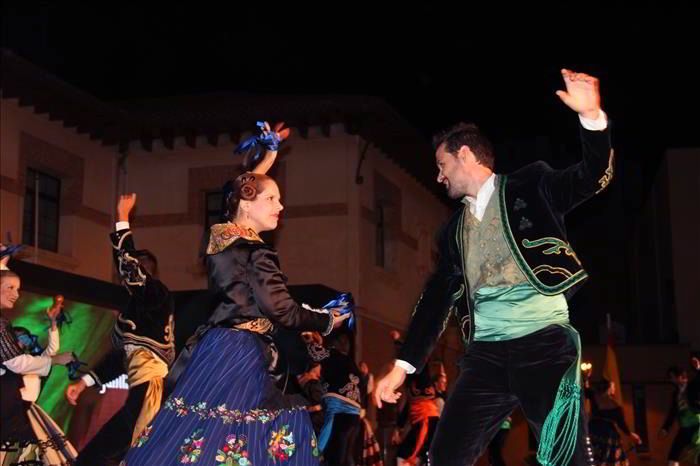
Don’t miss the Wine Harvesting Festival in the Murcia Region of southeastern Spain!
Come along to the historical city of Jumilla in August and join in the ‘Fiesta de la Vendimia’ – grape treading, wine making and tastings, colourful parades and processions, shows and performances it’s entertaining and fun.
Read more…
Places of Interest near Murcia
The Costa Blanca is a famous stretch of coast in southeastern Spain, where a warm Mediterranean Sea bathes an infinite diversity of white sand beaches and pebble bays encircled by distant mountain peaks.
Mojácar and Cabo de Gata (Almería)
From the white Moorish village in the hills of Almería, the sunlit view to the shimmering beaches of Mojácar, and Cabo de Gata nature park, is one of the most extraordinary sights in Spain.
Sierra de Cazorla National Park
Sleepy villages with age-old traditions, historic castles with astounding views, and the lively market town of Cazorla itself, complete the varied landscape of this UNESCO biosphere reserve. Are you ready for a trip to Sierra de Cazorla National Park?
Visiting Spain and only 3 days to see Granada?
Our ultimate Granada guide explains how to see the historical city sites, and the top things to see and do.
Discover the World with![]() the blog with a focus on independent travel
the blog with a focus on independent travel




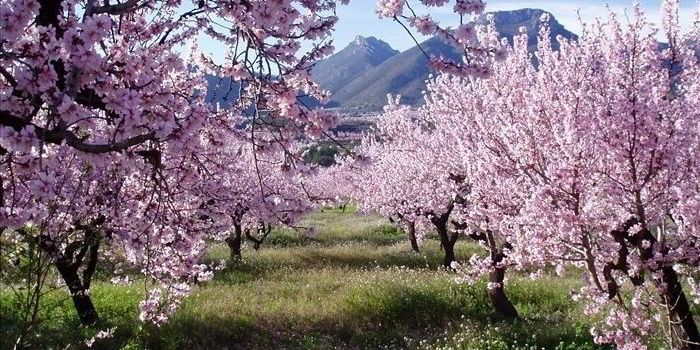
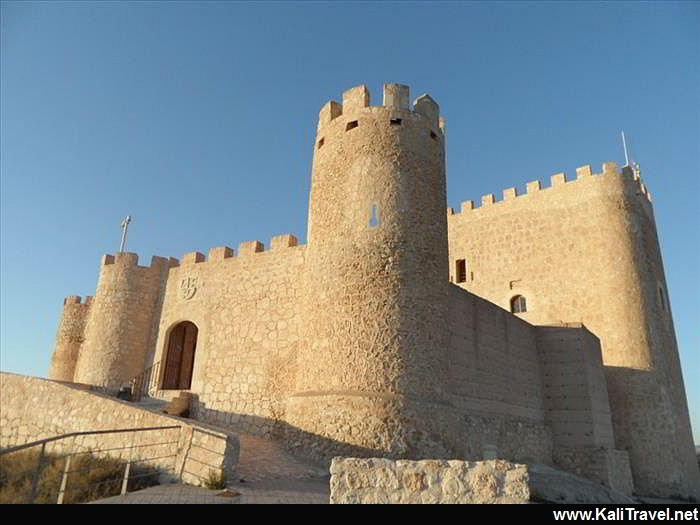
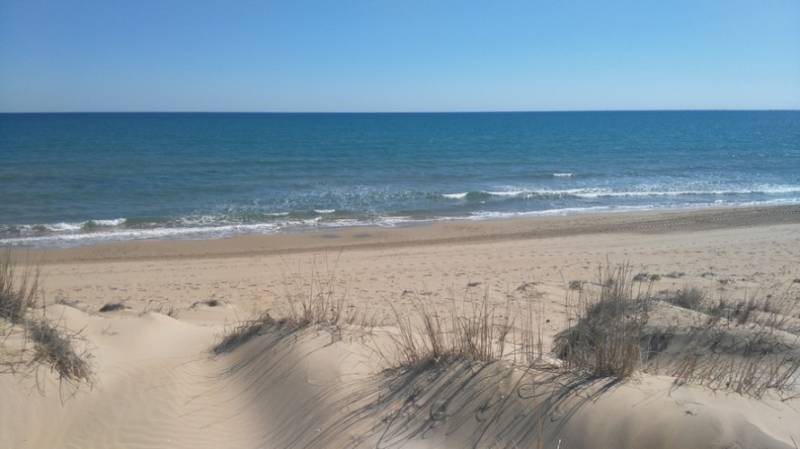

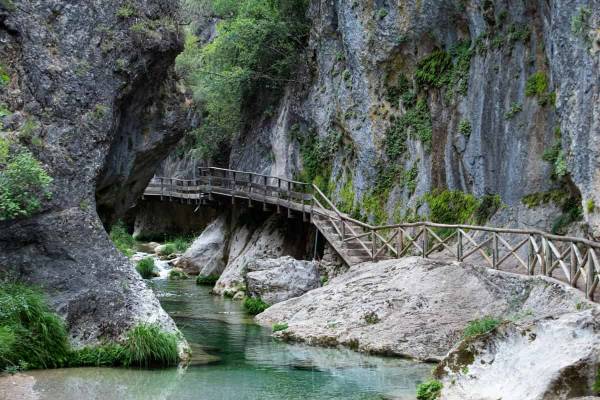
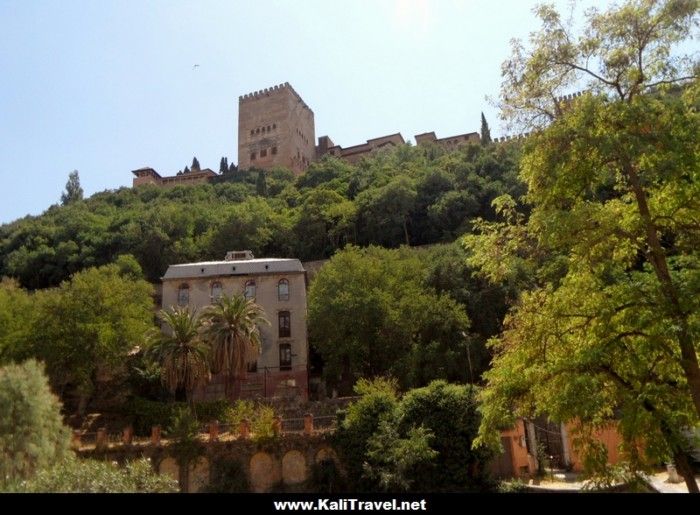
Never heard of the Ricote Valley before. The peach blossoms look super picturesque. And I honestly never realized that Spain has hot springs…
I haven’t heard of this area, but I would love to explore it! Great views, architecture and food! What’s not to like :)
This looks like such a pretty part of the world! I love the colourful old buildings, the blossoms and the water wheel.
What a beautiful place it is could spend all day in the Spa Need to get back to Spain its been so long
Ok, I think this is very telling of my mood, but that spa!!! I’ve never heard of Ricote Valley, but if there is a spa like that, plus buildings like Casa Parisina, you can count me in!